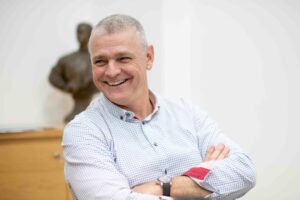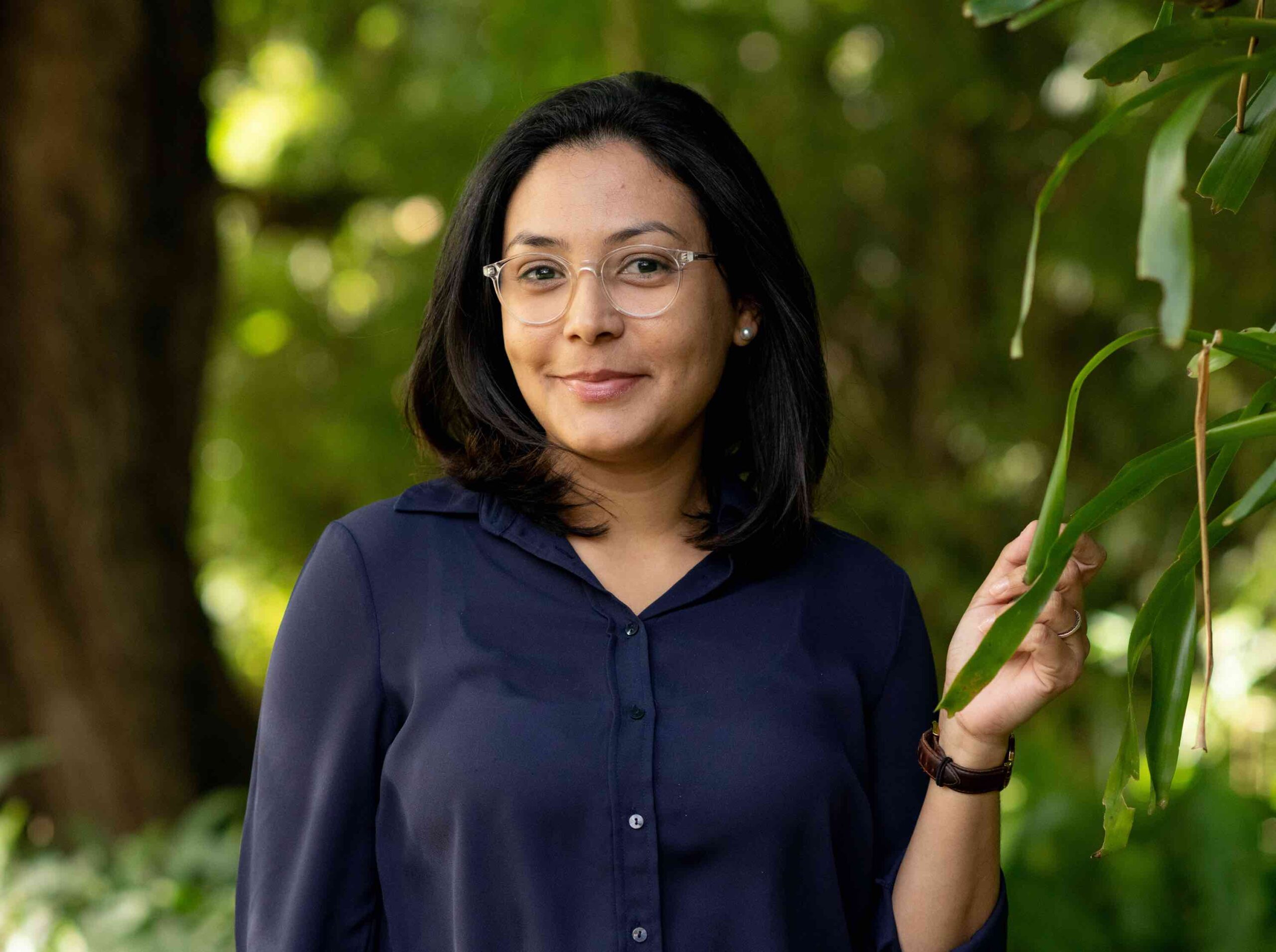It took 10 years of data collection, but above all of passion and love for these “non-human people” as François Sarano likes to call whales, to collect and analyze the exceptional data that today enables us to understand who is talking to whom and on what subject.
Photo: François Sarano and the latest Jason model. Copyright Fabrice Guerin
In short, a language of clicks and meows that researchers have been able to decipher in part in Mauritian sperm whales. Indeed, Mauritian pods (the name given to clans of sperm whales) are particularly calm with divers, enabling interactions that are difficult elsewhere in the world.
According to Professor Hervé Glotin*: “We have developed a machine we call JASON, which enables us to pinpoint the precise source of the codas emitted by sperm whales. What’s more, we now know that the time elapsed between two codas, which is of the order of a few milliseconds, enables us to estimate the age of the animal…”.
In short, without getting too technical, it is now possible to know “who is saying what to whom”. This is a world first, which the Journal des Archipels was able to share with the professor and his team on a visit to Mauritius last April.
The sounds emitted by sperm whales, which are the loudest in the animal kingdom, carry a sonic signature that makes it possible to identify the animal with certainty.
Analysis of the physical nature of the clicks (IPI = Inter Pulse Interval) recorded by Jason has made it possible to establish, for the first time anywhere in the world, a relationship between these IPIs and the age of sperm whales. This world first is particularly important for clarifying the growth of the acoustic organ of immature males and females from birth to 12 years of age – an extremely important and little-known period in their lives.
A world first
These expressions could be attributed to the individual that emitted them and, consequently, be associated with its behavior. Once again, a world first, thanks to the 5-hydrophone Jason recorder developed by Professor Hervé Glotin’s team. Jason’s processor, which records to a millionth of a second, makes it possible to measure the delay in sound arrival at each of the 5 microphones, and thus to “triangulate” towards the sound source.
Finally, these recordings, and the ability to distinguish between two sperm whales, open the door to the use of trajectography to highlight concerted hunts which, as yet inaccessible and invisible to humans, remain undocumented.
According to Clarisse Coufourier, Vice-President and Communications Manager of the Indian Ocean Marine Life Foundation: “This is a major first that we hope to achieve this year with Professor Glotin’s team – Université de Toulon-CNRS-LIS.
This acoustic characterization of the different clans that frequent the shores of Mauritius will enable us to better count them, and evaluate the most favorable sites for each. This information is necessary to better understand the overall evolution of the population living off the coast of Mauritius, and therefore to determine the impact of the anthropic disturbances that threaten it”.
To be continued in our columns
Read the full report in issue 12 of our magazine.
Photo: iolFoundation
On the right, Professor Hervé Glotin, a specialist in underwater acoustics, with René Heuzey at the presentation of his team’s work on April 27 in Grand Baie (Mauritius).































